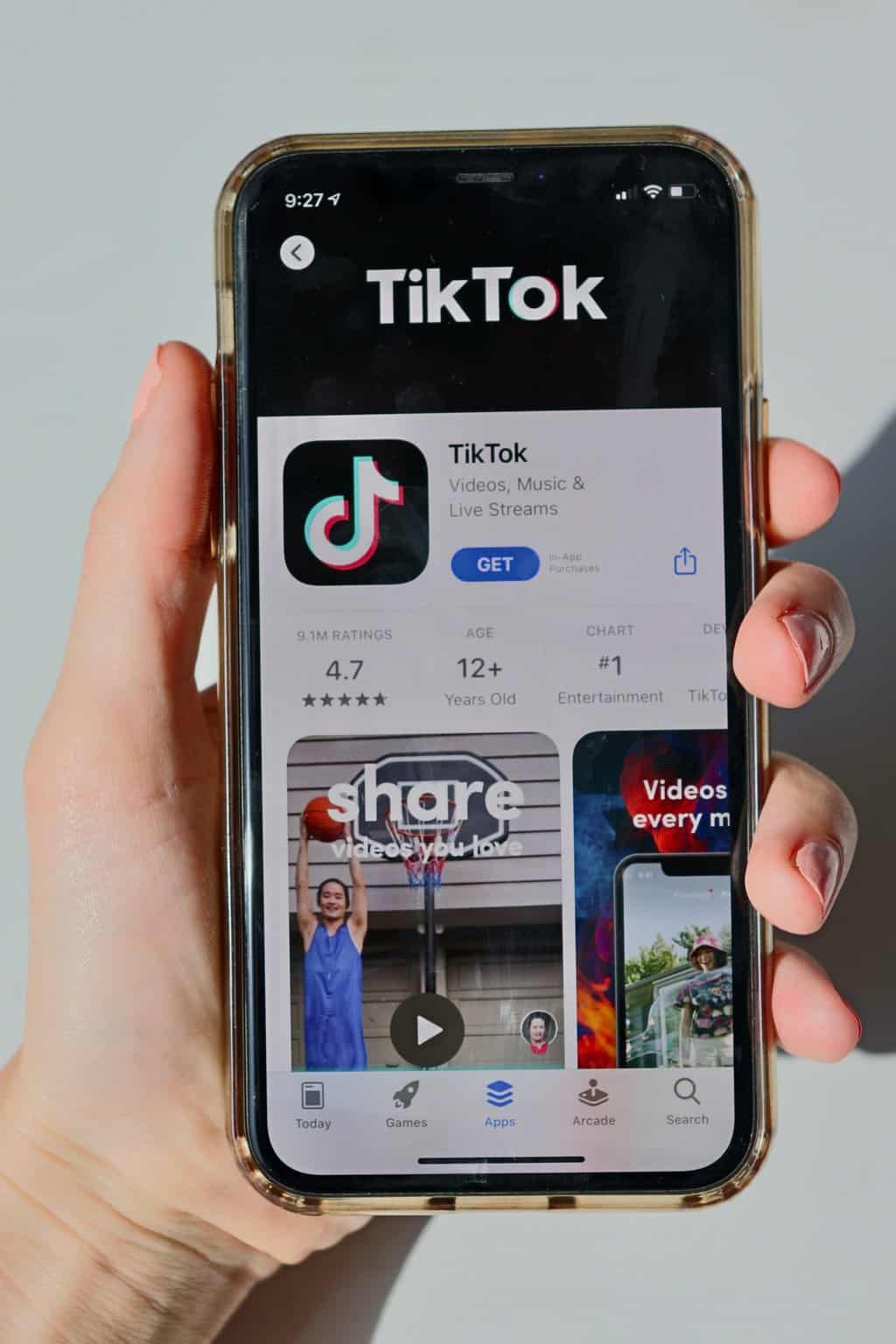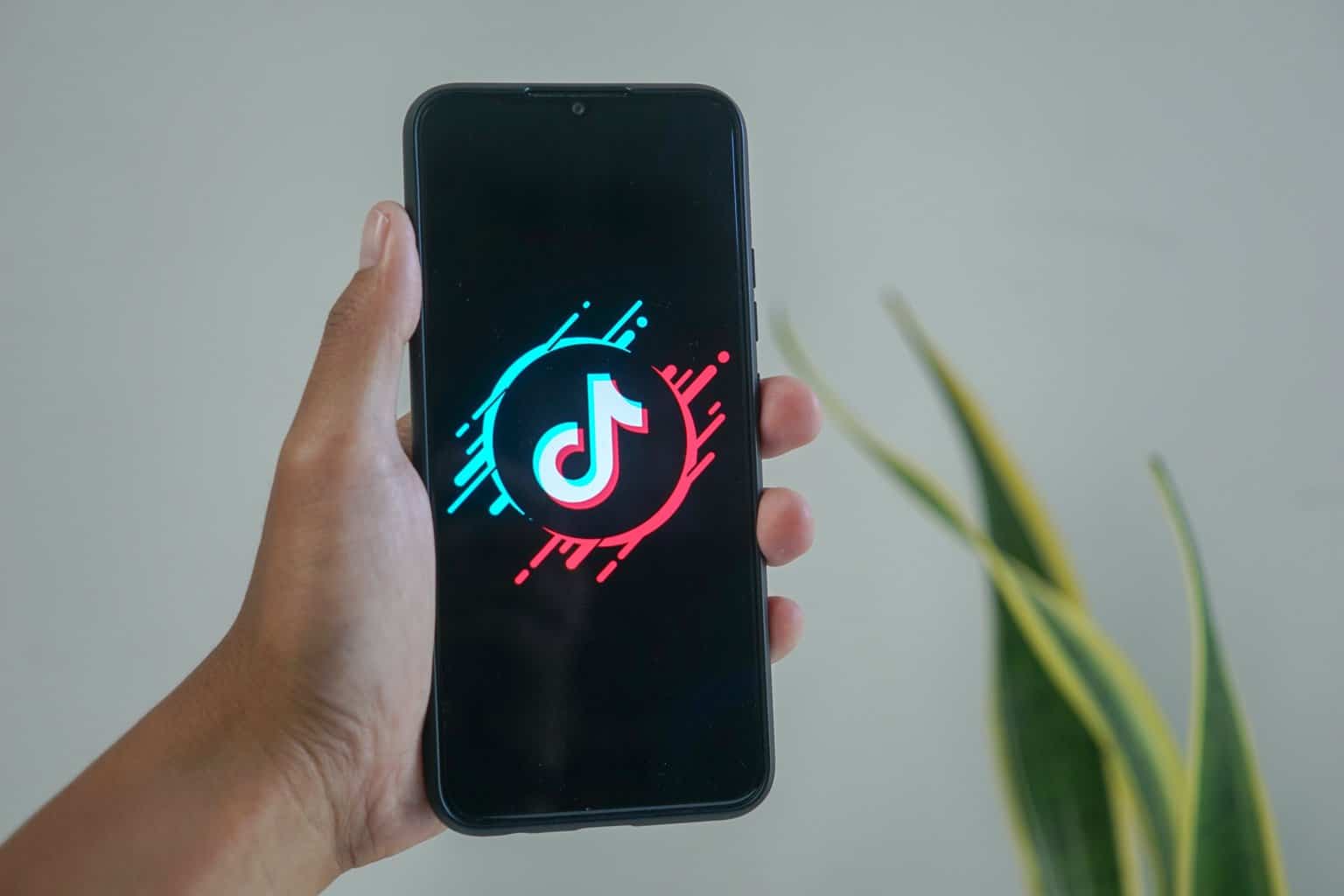
30 Sep What is the new screen time rule that TikTok is starting?
Are you addicted to TikTok? Well, get ready for a new rule that might just change your daily scrolling routine. TikTok, the wildly popular social media app known for its short videos and dance challenges, is implementing a new screen time rule that aims to limit excessive usage. This move comes in response to growing concerns about the addictive nature of the app and its impact on mental health. So, what exactly is this new rule and how will it affect your endless hours of mindless scrolling? Let’s dive in and find out.
Table of Contents
The impact of screen time on mental health
Numerous studies have highlighted the detrimental effects of excessive screen time on mental health. With TikTok’s new screen time rule just around the corner, it is crucial to understand the impact this addictive platform can have on our well-being. Not only does prolonged use of screens lead to increased levels of stress and anxiety, but it can also contribute to feelings of loneliness and depression.
One significant concern with TikTok is its addictive nature. The short video format and algorithmically curated content make it effortless for users to get lost in an endless scroll, spending hours mindlessly swiping through videos. This constant stimulation can result in a dopamine overload, dopamine being a neurotransmitter associated with pleasure and reward. As a result, users may find themselves seeking more and more validation from the app’s likes and comments, ultimately leading to a negative impact on their self-esteem.
Furthermore, spending copious amounts of time on TikTok or any other social media platform usually means less face-to-face interaction with friends and family. Human connection is vital for maintaining good mental health, as personal interactions lead to increased feelings of happiness and belonging. Excessive screen time has been shown to reduce these opportunities for meaningful connections, resulting in heightened feelings of loneliness and isolation.
In conclusion, while TikTok’s new screen time rule may be an attempt to address some of these concerns surrounding mental health impacts, it still falls upon individuals to practice self-regulation when it comes to their digital consumption habits.
 Background: The rise of TikTok and its popularity
Background: The rise of TikTok and its popularity
TikTok has burst onto the social media scene with a level of popularity and influence that is hard to ignore. Launched in 2016, this short-form video app quickly gained traction among young users, captivating them with its addictive scrolling feed of creative content. With over 2 billion downloads worldwide and millions of active users, TikTok has become a cultural phenomenon that is redefining how we consume and create content.
One factor contributing to TikTok’s meteoric rise is its ability to tap into our desire for bite-sized entertainment. In an era where attention spans are dwindling, the app offers an endless stream of quick videos that cater to our need for instant gratification. Whether it’s funny skits, dance challenges, or lip-syncing performances, TikTok provides a captivating platform for self-expression and entertainment.
Another key element fueling TikTok’s popularity is its emphasis on virality. Unlike platforms like Instagram or Facebook where getting noticed requires carefully curated content and strategic algorithms, TikTok’s discoverability algorithm allows anyone to go viral overnight. This democratization of fame has inspired aspiring creators around the world to join the platform in hopes of gaining their own moment in the spotlight.
Announcement: TikTok’s new screen time rule
TikTok, the popular video-sharing app that has taken the world by storm, recently announced a new screen time rule that is set to impact millions of users. The rule, which aims to promote responsible usage and prevent excessive screen time, limits the amount of time users can spend on TikTok per day. While some may see this as an intrusion into personal freedom, others view it as a necessary step in combating technology addiction.
With social media platforms increasingly under scrutiny for their potential negative effects on mental health and well-being, TikTok’s new screen time rule signals a shift towards more responsible practices. By setting limits on daily usage, TikTok hopes to encourage users to strike a healthier balance between their online and offline lives. This move acknowledges the growing concern surrounding smartphone addiction and takes steps towards addressing it head-on.
Critics argue that this new rule could stifle creativity and limit users’ potential for self-expression. However, it is important to recognize the potential benefits of mindful technology use. By enforcing boundaries on screen time, TikTok encourages its users to make conscious choices regarding their digital engagement rather than mindlessly scrolling for hours on end. This could prompt individuals to dedicate more time and energy towards real-life experiences, hobbies, and personal development – ultimately leading to a more fulfilling existence both online and offline.
In conclusion, while TikTok’s new screen time rule may be met with mixed reactions from its vast user base, it represents an essential step towards promoting healthier technology habits among its audience.
 Details: Limiting daily usage for younger users
Details: Limiting daily usage for younger users
One of the most salient issues when it comes to screen time is the impact it has on younger users. TikTok’s new screen time rule addresses this concern by implementing a daily usage limit specifically tailored for young users. This rule aims to strike a balance between allowing children and teenagers to enjoy the app, while also ensuring that they do not become overly reliant on it.
By limiting daily usage for younger users, TikTok encourages them to explore other activities and engage in real-world interactions. This can foster social skills, creativity, and physical activity that are crucial for their overall development. Furthermore, setting boundaries around screen time can help prevent addiction and reduce the potential negative effects associated with excessive device use.
Although some may argue that such limitations may hinder young people’s access to valuable content or creative opportunities offered by social media platforms like TikTok, there is mounting evidence suggesting otherwise. Research indicates that prolonged exposure to screens at an early age can lead to various developmental issues, including sleep disruption, decreased attention span, and compromised mental health. Therefore, establishing healthy habits around screen time during childhood is essential for long-term well-being.
In conclusion, TikTok’s decision to introduce limits on daily screen time for young users reflects a growing recognition of the need to protect children from the potential risks associated with excessive technology use. While concerns over stifling creative freedom may arise, these restrictions ultimately promote healthier lifestyle choices and a more balanced approach towards online engagement for younger generations.
Benefits: Protecting mental health and well-being
Protecting mental health and well-being is undoubtedly one of the significant benefits of implementing a new screen time rule like TikTok is doing. In today’s digital era, where the majority of our lives revolve around screens, it becomes increasingly important to establish healthy boundaries and protect our mental well-being. Excessive screen time has been linked to a range of mental health issues such as anxiety, depression, and low self-esteem. By setting limits on the amount of time spent on TikTok or any other digital platform, individuals can prioritize activities that promote their mental health.
Moreover, reducing screen time allows for more opportunities to engage in offline activities that are known to enhance well-being. Spending quality time with loved ones, engaging in hobbies or creative pursuits, or simply taking a break from constant social media scrolling can have a positive impact on one’s mental state. When we divert our attention away from screens and focus on real-life experiences, we create space for introspection and greater self-awareness. This can lead to improved overall mental health as individuals are better able to take care of their emotional needs outside of the digital world.
Implementing a screen time rule also encourages healthier sleep habits which directly affect our mental well-being. The blue light emitted by screens disrupts our sleep patterns by suppressing melatonin secretion—the hormone responsible for regulating sleep cycles—making it difficult to fall asleep at night. This lack of quality sleep affects cognitive function and impacts mood regulation.
 Concerns: Potential backlash and challenges
Concerns: Potential backlash and challenges
One of the main concerns surrounding TikTok’s new screen time rule is the potential backlash from users. With many people heavily reliant on the app for entertainment and socialization, limiting screen time could lead to frustration and resentment. Users may feel that their freedom is being restricted, leading to a decrease in overall satisfaction with the platform.
Another challenge that TikTok might face is enforcing this new rule effectively. Given that the app has millions of active users worldwide, monitoring and regulating screen time usage can be a daunting task. It will require sophisticated algorithms and constant updates to ensure compliance from all users. Additionally, some individuals may find ways to bypass these restrictions by using multiple accounts or employing other techniques, posing a challenge for TikTok in maintaining consistent enforcement.
Overall, while the new screen time rule might bring potential benefits such as reduced addiction and improved mental well-being, it also comes with significant challenges. TikTok will need to find a delicate balance between promoting responsible use of their platform while still providing an enjoyable experience for its user base. Overcoming these concerns and challenges will be crucial for successfully implementing this new policy without alienating their audience.
Conclusion: Balancing technology use for a healthier generation
In conclusion, finding a balance between technology use and maintaining a healthy lifestyle is crucial for the younger generation. While TikTok’s new screen time rule is a step in the right direction, it cannot be solely relied upon to ensure the well-being of children and teenagers. It is up to parents, caregivers, and educators to take an active role in nurturing healthier habits.
Rather than imposing strict limitations on screen time, it may be more effective to encourage a diverse range of activities that promote physical movement, social interaction, and creative thinking. Physical exercise has been proven to improve cognitive function and reduce stress levels, making it an essential component of a balanced lifestyle. Additionally, engaging in hobbies such as reading or playing musical instruments can stimulate intellectual growth while providing a break from technology.
Ultimately, creating a healthier generation requires careful consideration and adaptability. Keeping an open dialogue with young people about the benefits and drawbacks of technology use can help them make informed decisions independently. By fostering an environment that prioritizes overall health and well-being alongside technological advancements, we can guide the younger generation towards achieving optimal balance in their lives.



No Comments